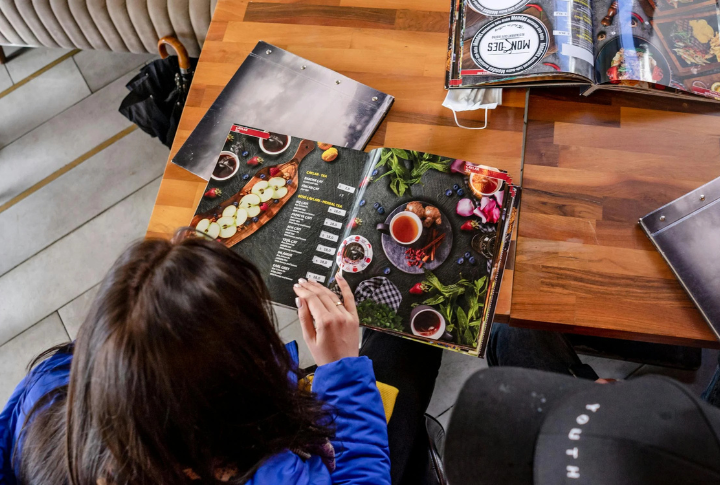
That menu in your hands? It’s not just a list of tasty options but also a masterclass in persuasion. The soft music and the way your eyes naturally landed on that tempting dish weren’t left to chance. Restaurants have perfected the art of making every bite, sip, and extra order feel like your idea. Is it, though?
Strategic Menu Design

Menus are carefully designed to steer your choices. High-margin dishes appear in the top-right corner, where your eyes naturally land first. Fancy fonts and enticing descriptions influence selections. It is said that menus with limited options make decision-making easier and increase your likelihood of spending more.
Eliminating Currency Symbols

Removing dollar signs from menus makes prices feel less significant. Without a visible reminder of cost, you’re less likely to hesitate before ordering, which makes it easier to justify higher-priced selections.
Using Descriptive Language
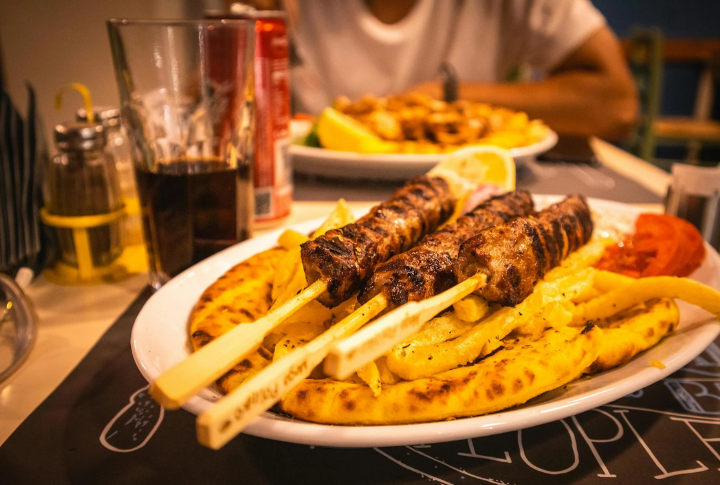
Sensory-rich language makes dishes more appealing, tricking you into thinking they’re worth the premium price. Descriptive wording enhances perceived value. “Juicy, grass-fed Angus beef” sounds more indulgent than “hamburger.” All in all, you probably don’t want to spend too much on a fancy cheese pizza.
Employing Charm Pricing

Pricing dishes at $9.99 instead of $10 exploits psychological tendencies. People perceive $9.99 as significantly cheaper, even if the difference is just a penny. This “left-digit effect” influences spending decisions, subtly nudging you to choose the dish that seems like a better deal.
Highlighting High-Margin Items

Restaurants subtly mold your choices by boxing in or adding images to high-profit items. Eye-catching placement directs attention, which increases the chances you’ll select a meal that’s more profitable for the restaurant. It is a simple psychological trick, yet it works.
Offering Combo Deals
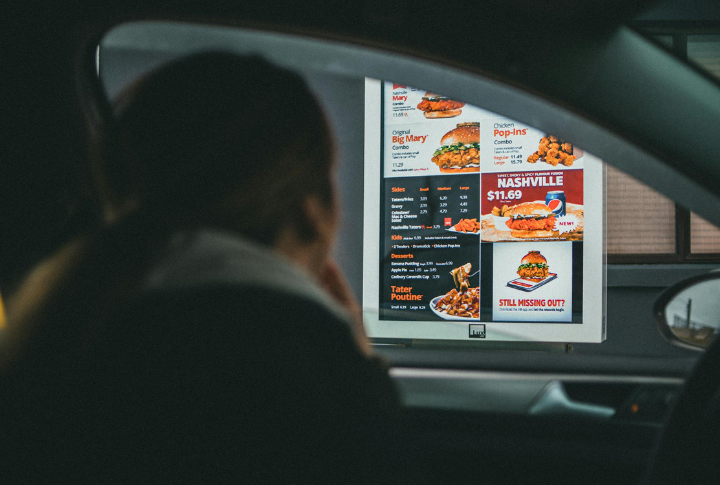
Bundles seem like a bargain but often contain items you wouldn’t buy separately. A soda added to your meal may only cost $1 extra, but if you hadn’t planned on ordering one, the restaurant still made an additional sale. The illusion of value drives up spending.
Implementing Upselling Techniques
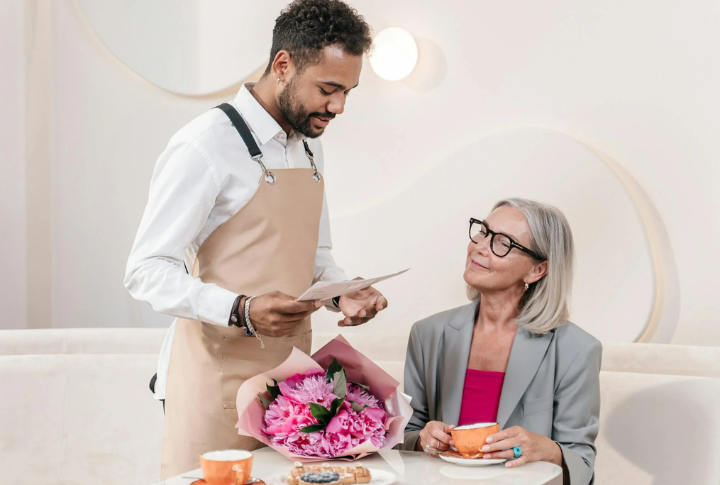
Servers are trained to suggest add-ons. “Would you like avocado on that?” or “Try our premium truffle fries” are strategic prompts designed to inflate your bill. Sometimes, you’d be better off ordering a new dish entirely instead of a side that costs just as much.
Creating A Cozy Ambiance

Dim lighting and warm colors make you linger longer. The more time you spend at a restaurant, the more likely you are to order additional drinks or desserts. A welcoming atmosphere significantly extends meal durations, which leads to increased spending.
Playing Background Music
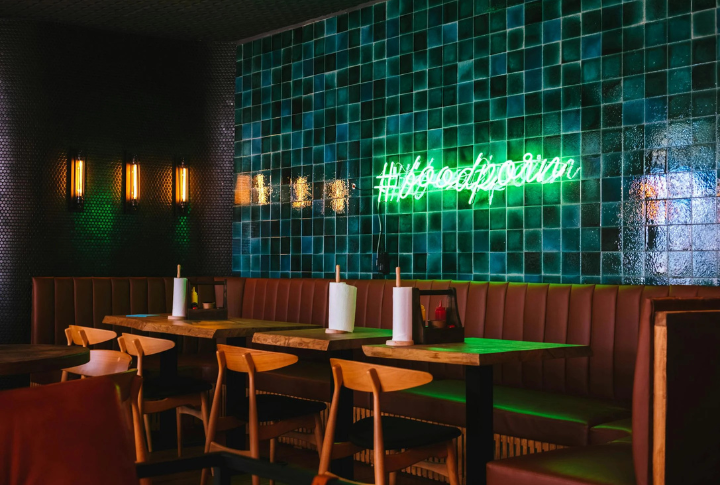
Music tempo affects your dining speed. Slower melodies encourage a leisurely meal and result in more orders, while fast beats increase table turnover. Classical music is often associated with luxury experiences. It leads patrons to spend more than they realize.
Offering Limited-Time Specials
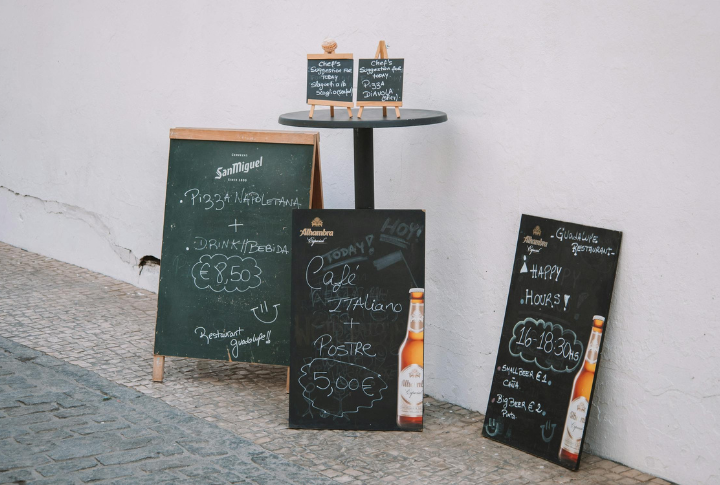
This scarcity effect pressures you into purchasing items impulsively, even if they weren’t on your radar before scanning the menu. Urgency compels quick decision-making. Phrases like “only available tonight” or “limited batch” create a fear of missing out.
Providing Portion Size Options
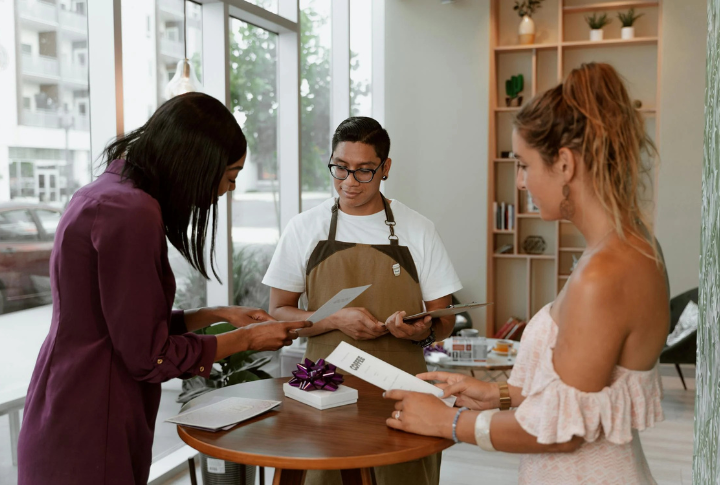
Dishes with multiple size choices encourage upsizing. A large pasta for just $2 more seems like a steal compared to the regular size. Restaurants count on the fact that you’ll overestimate your appetite and order a larger portion, which boosts overall sales.
Utilizing Set Menus
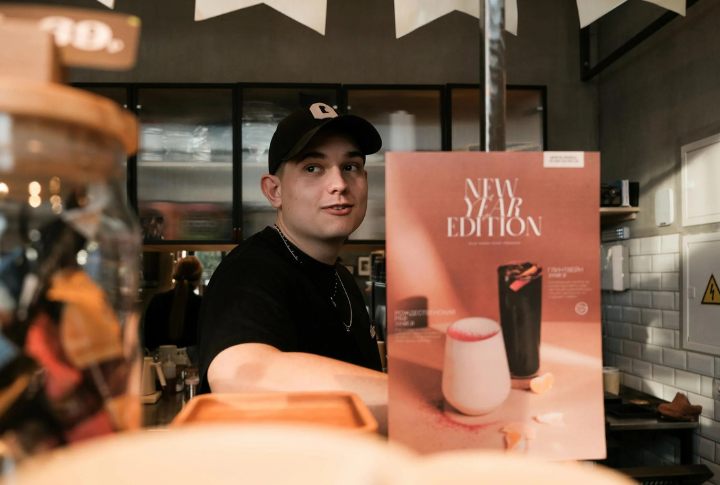
Prix fixe menus simplify choices while subtly increasing the bill. A three-course meal for $45 may seem like a deal, but when purchased separately, you might have only spent $35. The illusion of savings tricks you into buying more than you intended.
Implementing Loyalty Programs
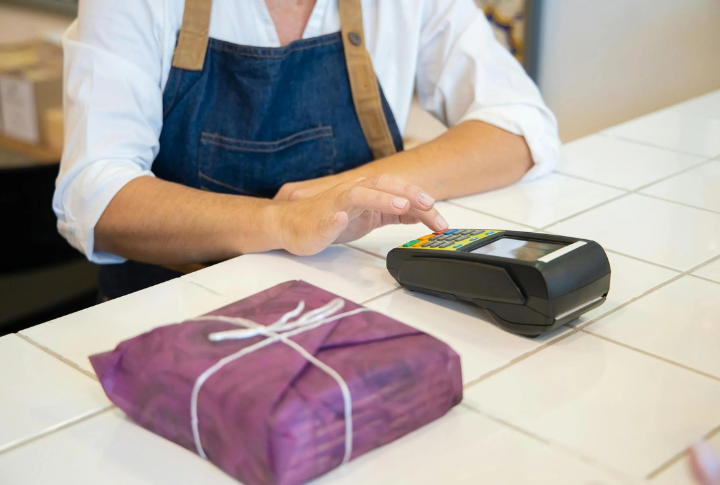
Rewards programs encourage repeat visits. Freebies after a certain number of purchases motivate spending. These days, restaurants also provide offers and discounts if you follow them on social media. The tricks are endless; you just have to know how to spot them.
Displaying Dessert Trays
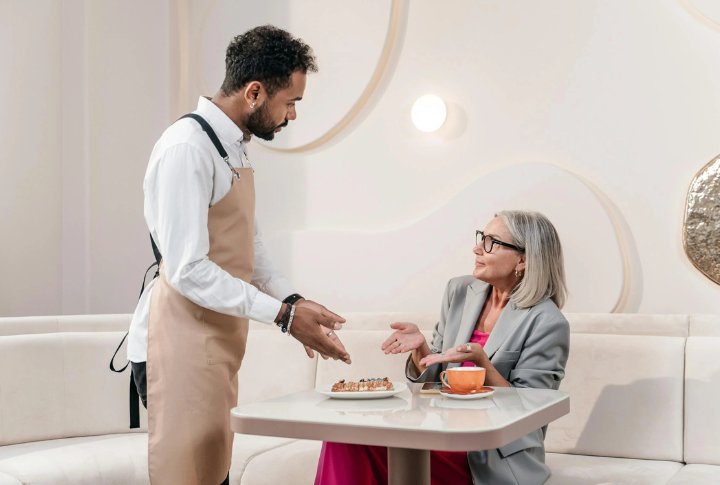
Seeing is believing—and buying. A passing tray loaded with decadent sweets tempts diners who hadn’t considered dessert. This visual marketing technique capitalizes on impulse purchases and makes you more likely to indulge even if you were full just moments before.
Training Staff For Suggestive Selling
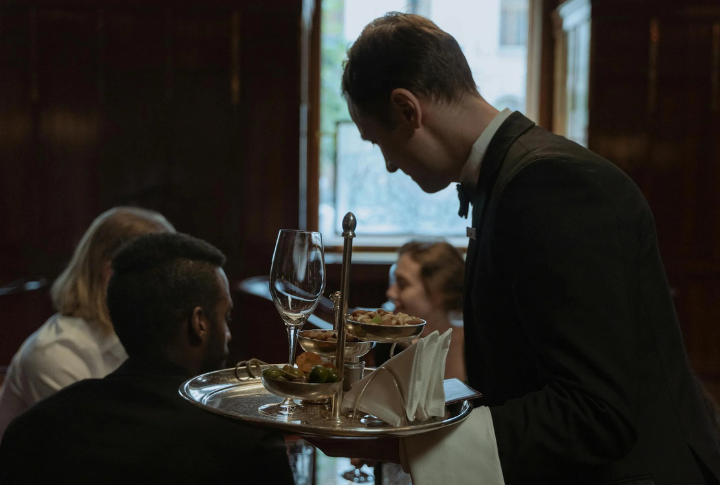
A well-trained server makes you think you chose. Phrases like “Our chef recommends this” or “This pairs beautifully with…” subtly lead you to more expensive options. If you hear that the expert thinks something is best, you instantly want a taste or a piece of it. However, it is usually not as good as it sounds.
Offering Premium Liquor Choices
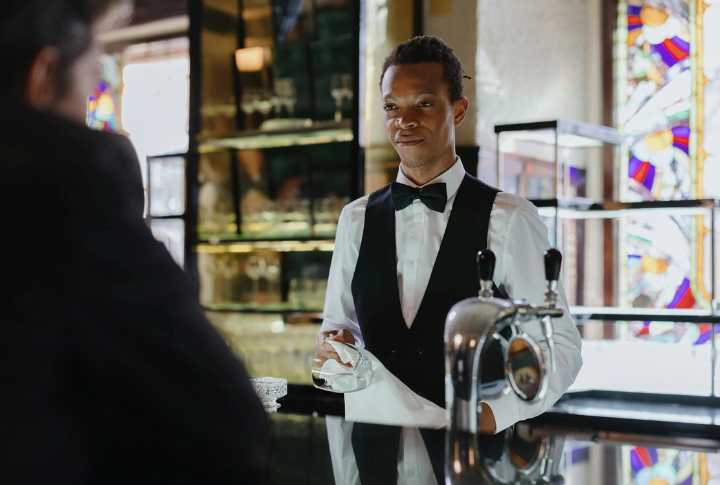
Cocktail menus often feature an “upgrade” option. Ordering a basic gin and tonic? The server may offer a top-shelf alternative for a slight upcharge. Since the cost difference seems minimal, customers frequently opt for premium selections, significantly increasing drink revenue.
Providing Free Snacks

If there is one thing we all know about restaurants, it is that a drink can sometimes cost just as much, if not more, than the food itself. Complimentary bread or chips seem like a gesture of goodwill, but they’re also strategic. Salty appetizers make you thirsty, which prompts additional drink orders.
Designing Comfortable Seating
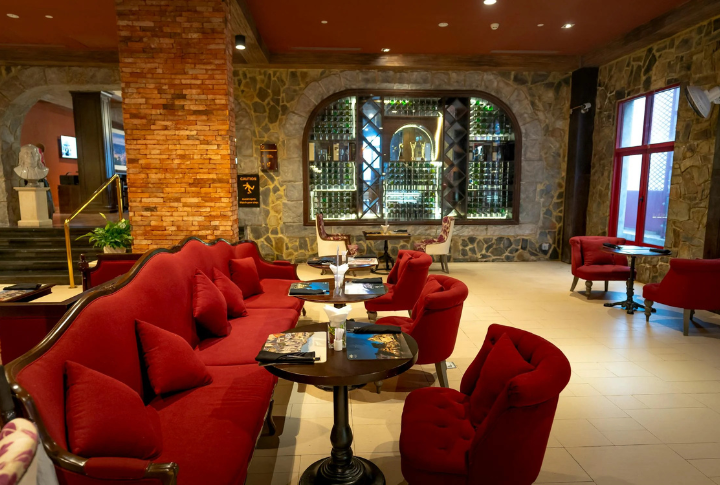
Well-padded chairs and booths encourage longer stays, while hard seats in fast-food restaurants discourage lingering. Casual dining establishments optimize comfort to extend your visit and increase the likelihood of ordering another round of drinks or a last-minute dessert.
Utilizing Menu Hacks
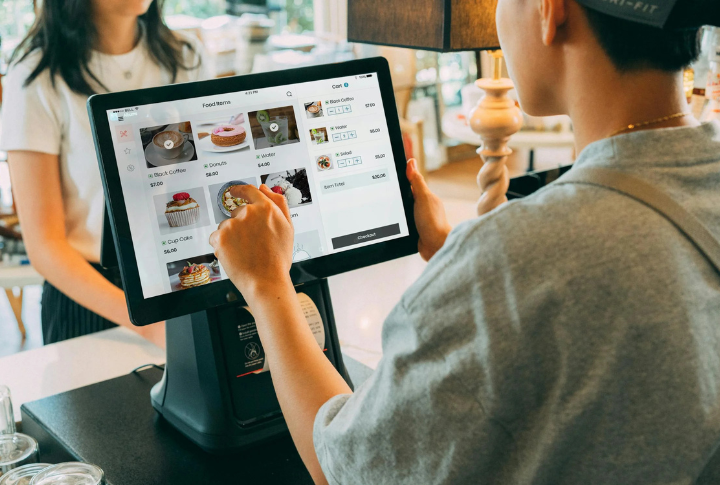
Secret menu items generate excitement and exclusivity. Restaurants like In-N-Out thrive on this strategy, prompting customers to spend more just to try something “exclusive.” These off-menu tricks create a buzz, which drives both engagement and higher sales.
Implementing Hunger Marketing
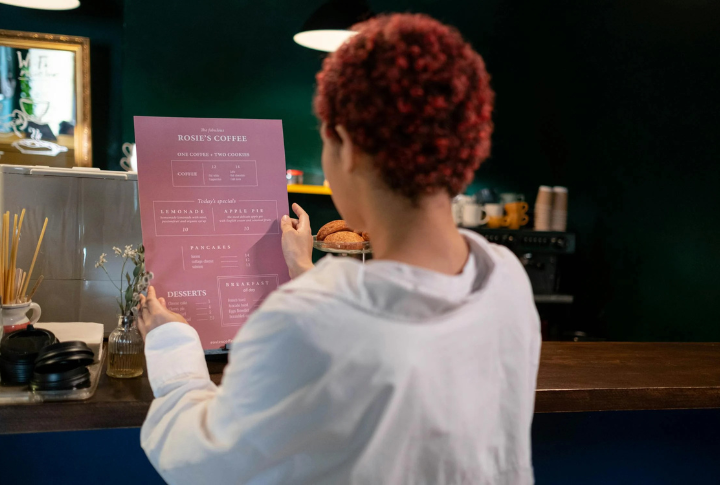
People fear missing out on these short-lived options, which makes them more likely to buy before the opportunity disappears. Restaurants manufacture scarcity to create demand. Limited-edition menu items—like Starbucks’ Pumpkin Spice Latte—fuel hype and trigger impulse purchases.
Leave a comment